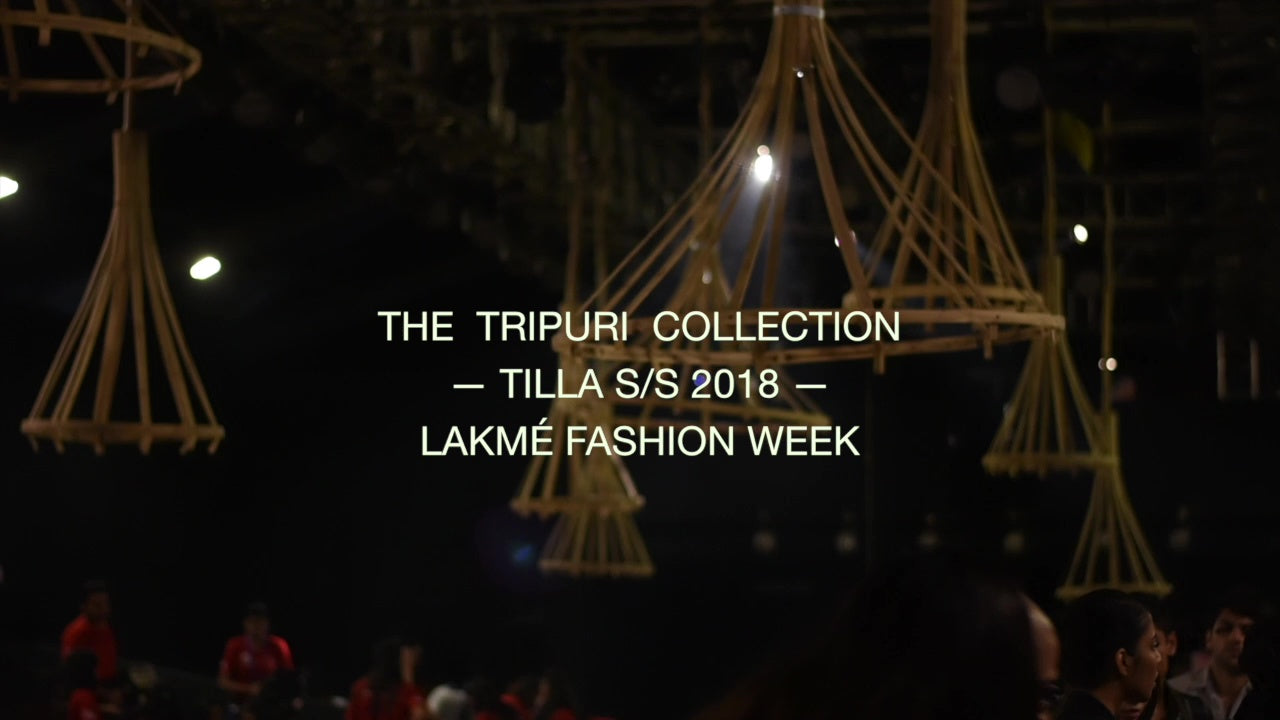The Risha: History in a Narrow Weave
By Aratrik Dev Varman and Jisha Unnikrishnan
Publisher: Marg Magazine, Vol. 75, No. 3, December 2023 - March 2024
Risha is a narrow textile, no more than 30 cms wide and 160 cms long, woven and worn by women of the indigenous tribes of Tripura as a breast cloth wrapped around the upper body. Made on a simple back-strap loom fashioned locally out of bamboo, these textiles have existed since antiquity and are an indicator of a self-sufficient way of life characteristic of tribal societies in the north eastern region of India. Each tribe wove for their own needs and identified with a distinct set of colours and motifs drawn from their natural surroundings, which when seen collectively, deepens one’s appreciation of the range of creative expression and skill intrinsic to the craft.
This study documents 32 such traditional rishas, divided into two groups- one that features some very rare examples in silk and precious metallic thread from the late 19th century worn by royalty and the other, a collection of cotton pieces from the 1970’s woven by commoners in different tribal villages across the state. Each set is accompanied by archival photographs of women wearing the risha and other styles of clothing from the eras in question, helping the reader to imagine the different historical contexts in which these breast cloths existed. The text, in parallel, analyses the major cultural influences and events of the time that would have had a bearing on this tradition, outlining the reasons for the disappearance of this textile from the royal household and tracing its transition from being a functional garment for everyday use to acquiring symbolic status in the context of modern-day identity politics in the north east.
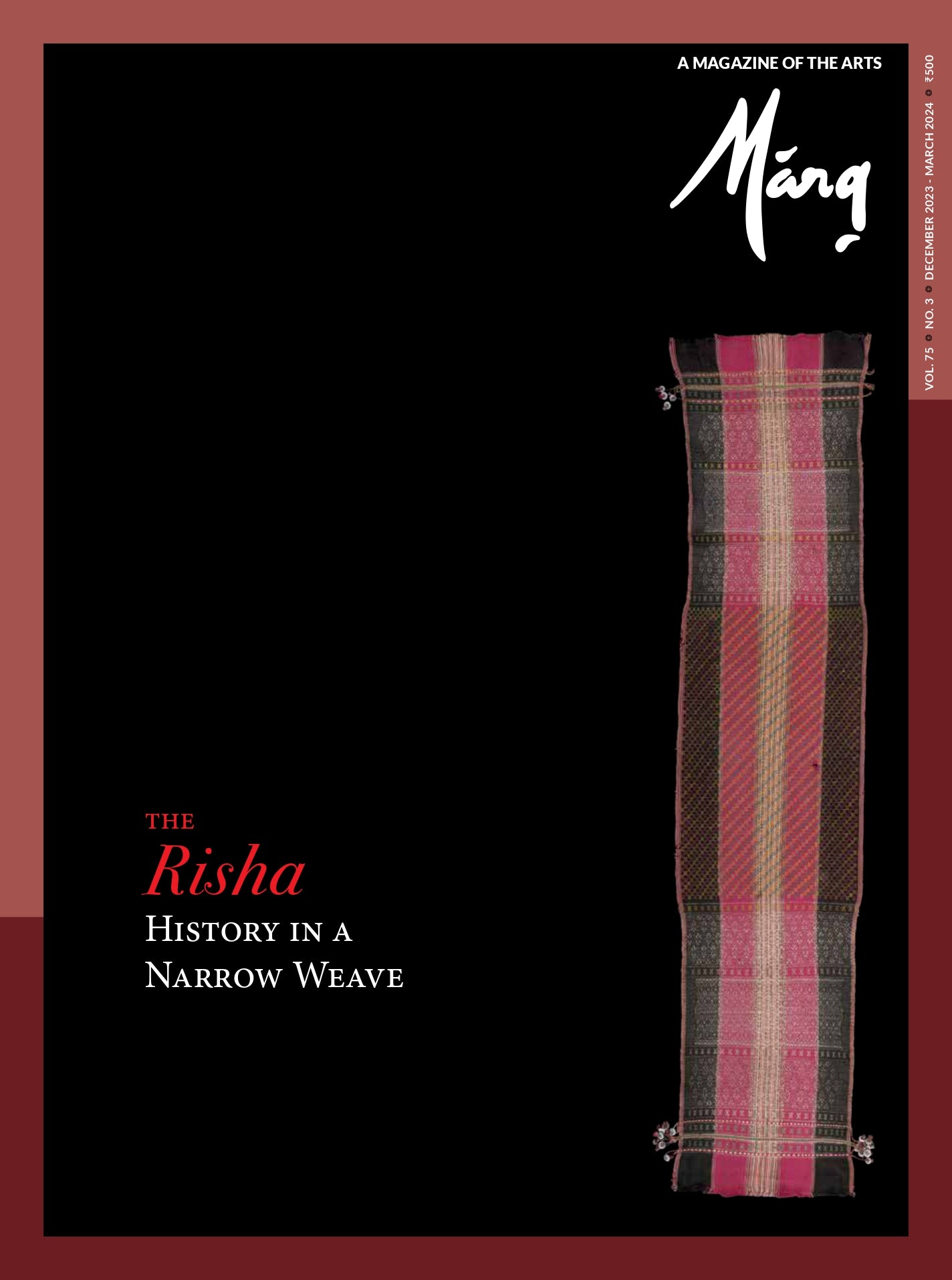
This issue is now available for purchase from Marg's website.
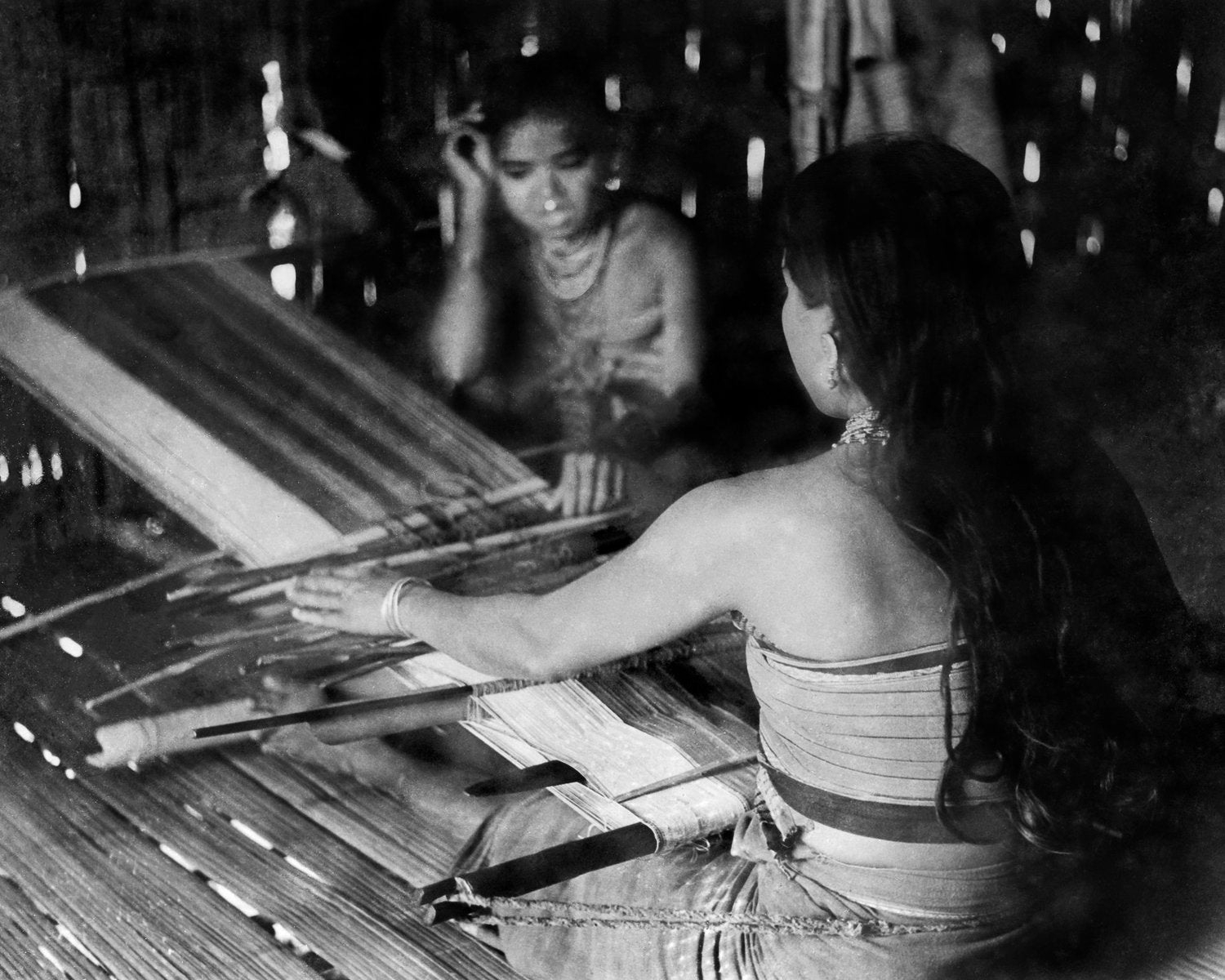
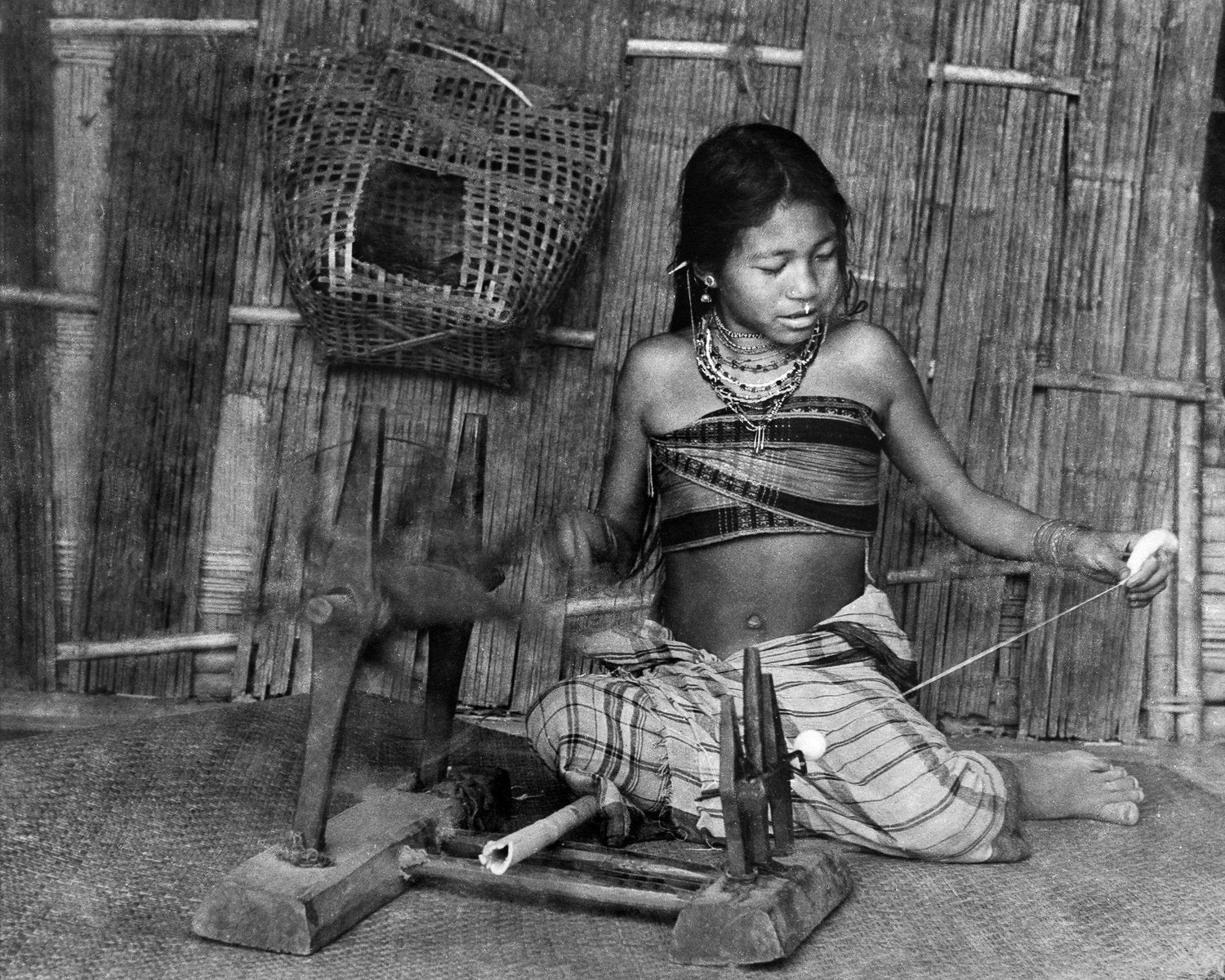
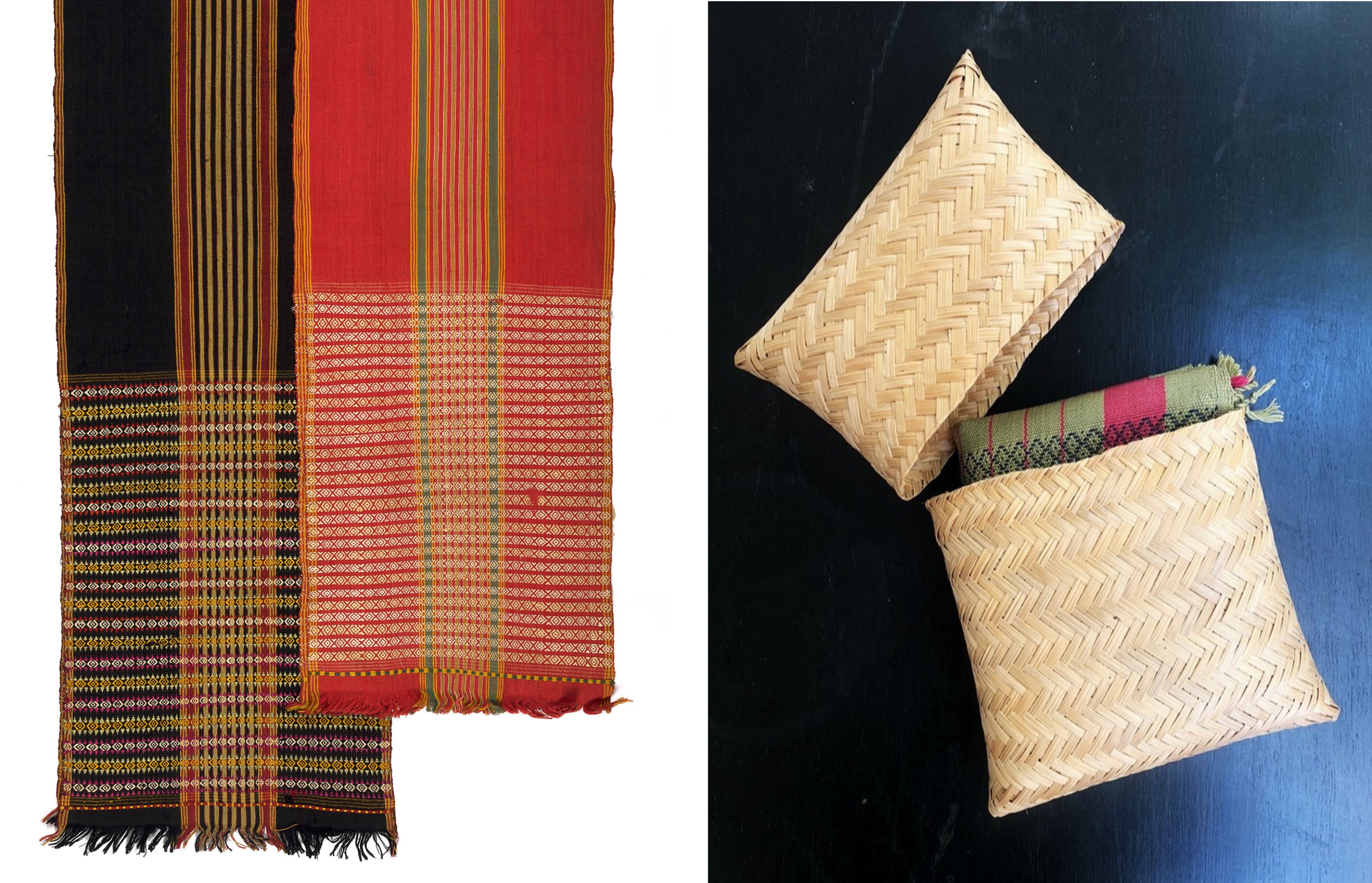
Tripura’s geographical position on the map, surrounded by Bangladesh on three sides, has meant that it has witnessed a long history of cultural assimilation that has defined the political dynamic between tribal communities in the state and the more dominant Bengali mainstream, extending to the rest of India. By following the evolution of the risha through the last century, one gains an understanding of its role as a marker of social change and a flag-bearer of pride felt by the tribal community in their own culture. A dialogue with two Tripuri weavers expands on this concept, emphasising the risha’s significance within the tribal consciousness and bringing into focus factors such as rural migration, access to mill made fabrics, the appearance of new yarns like acrylic and lurex, trade opportunities and an increased exposure to diverse cultural aesthetics via the internet; these factors have influenced the tradition of weaving for self-consumption all over the north east, determining a new aesthetic and playing an active role in shaping the future of the craft.
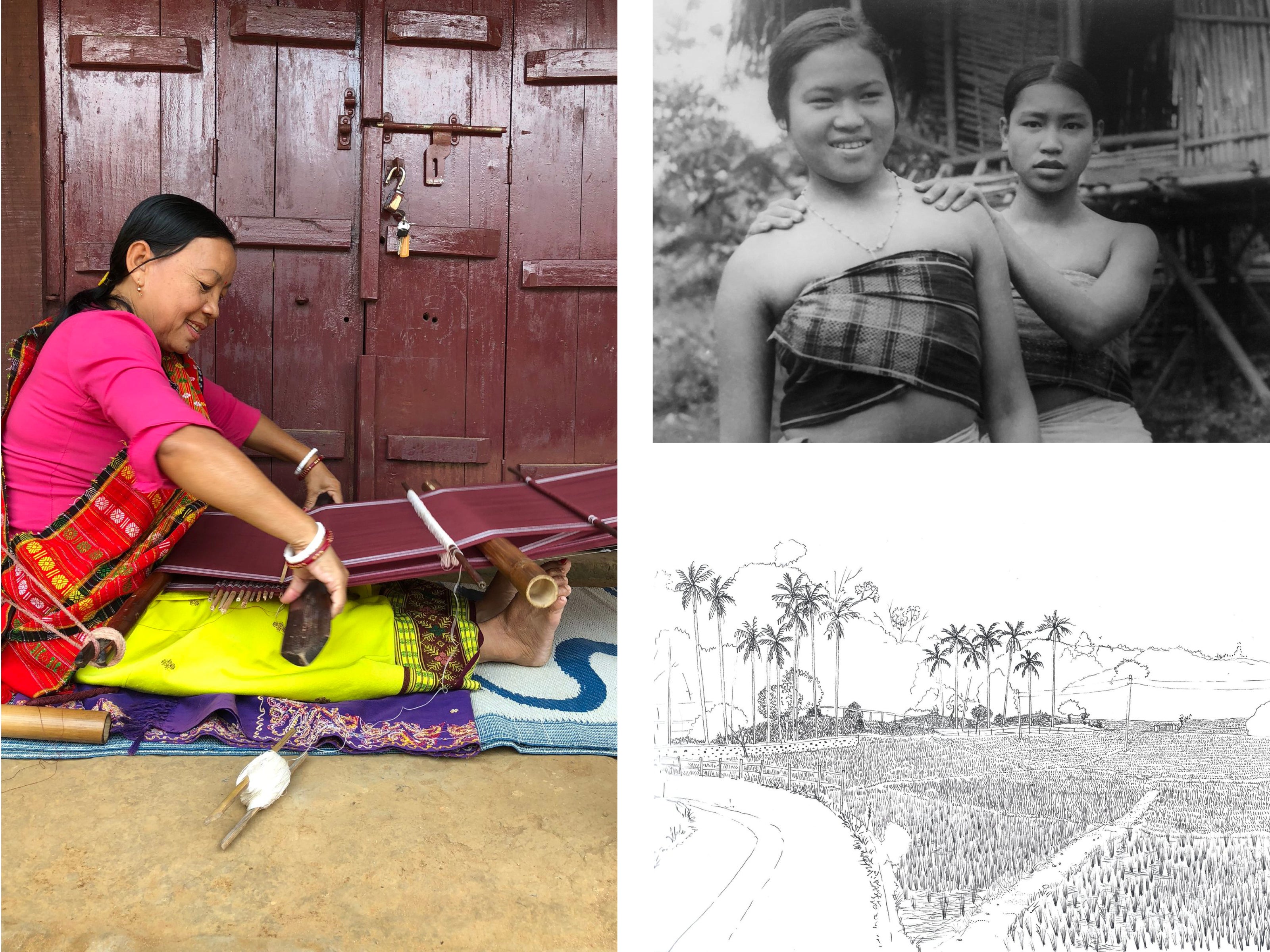
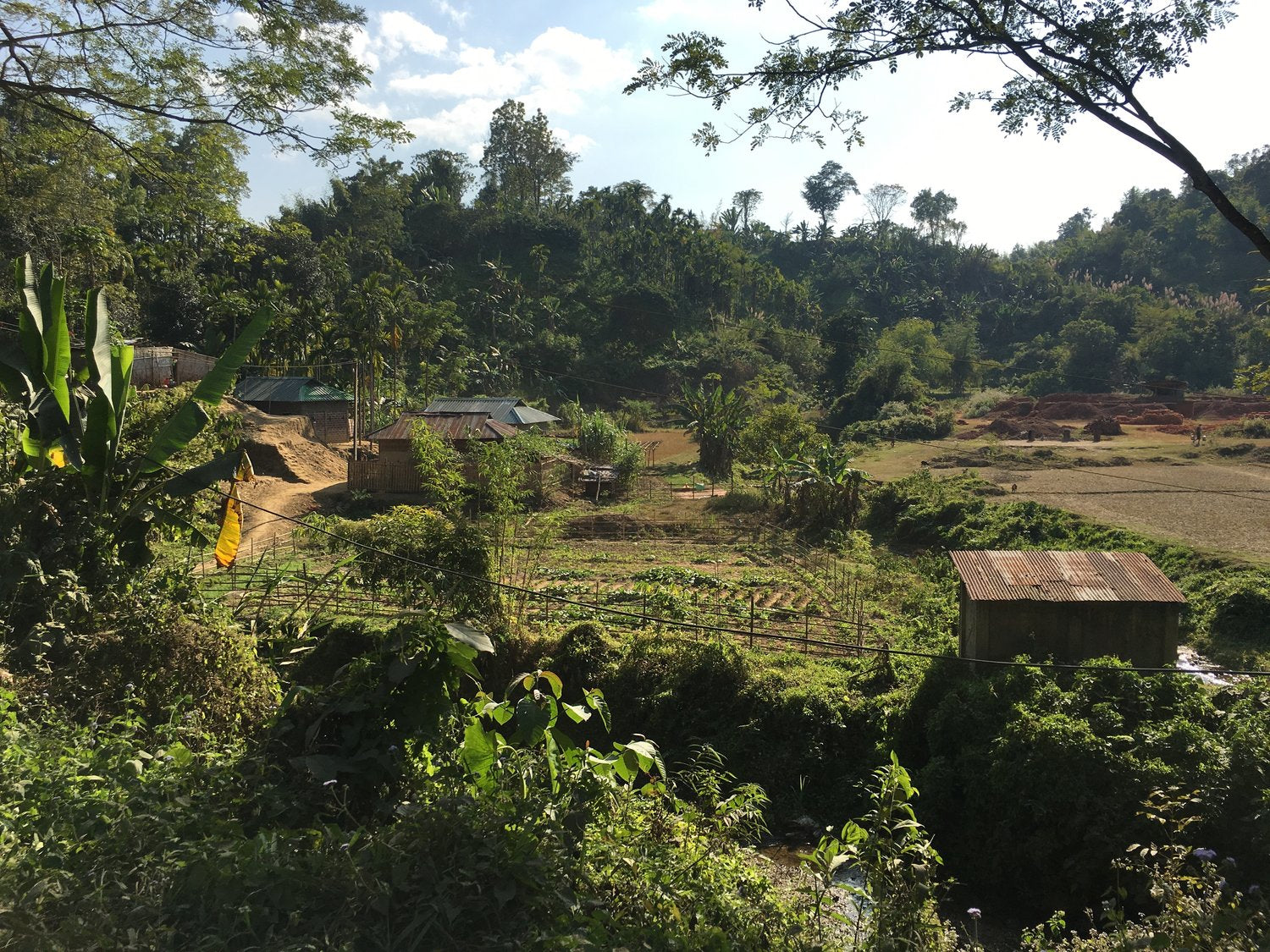
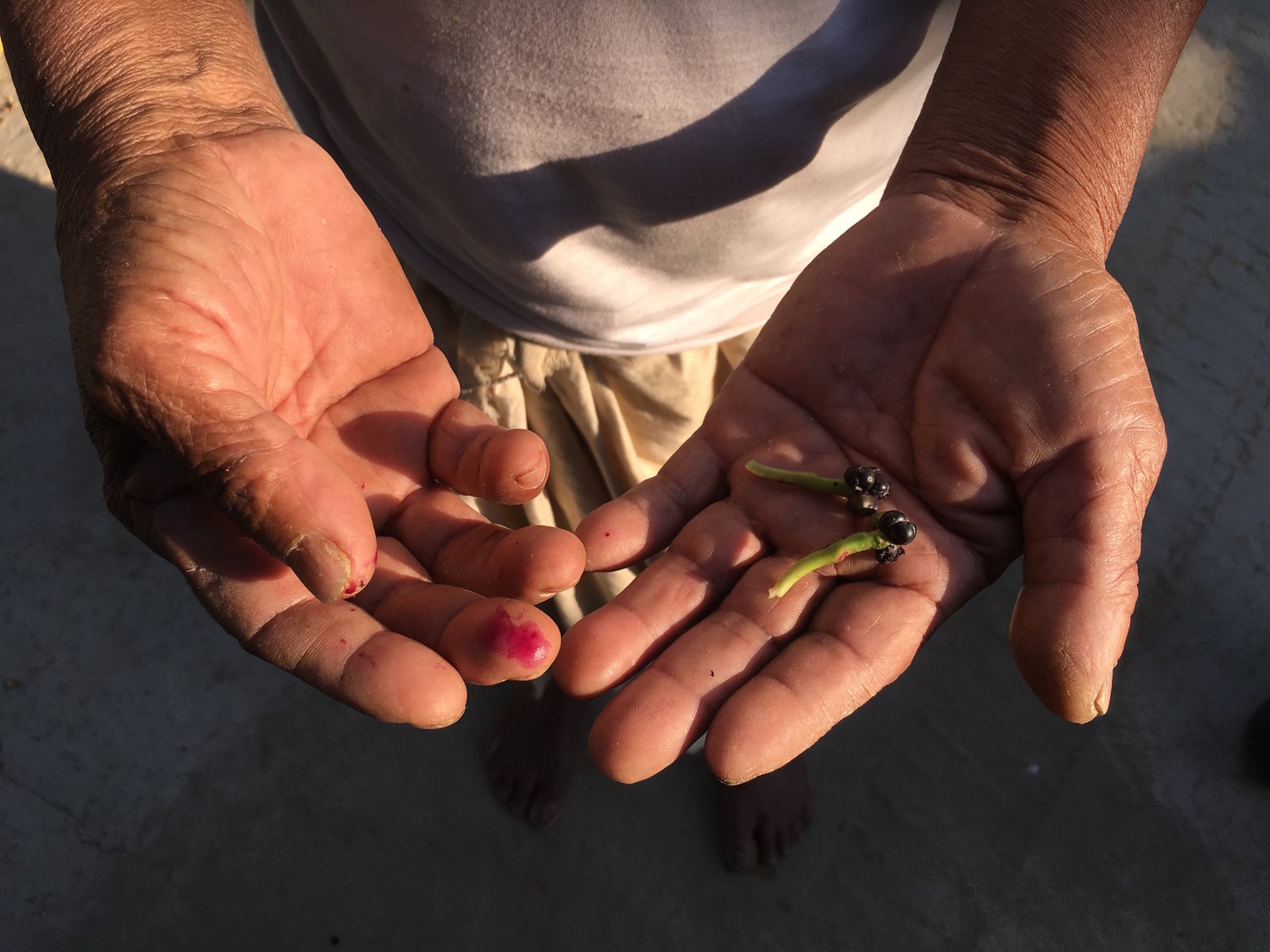
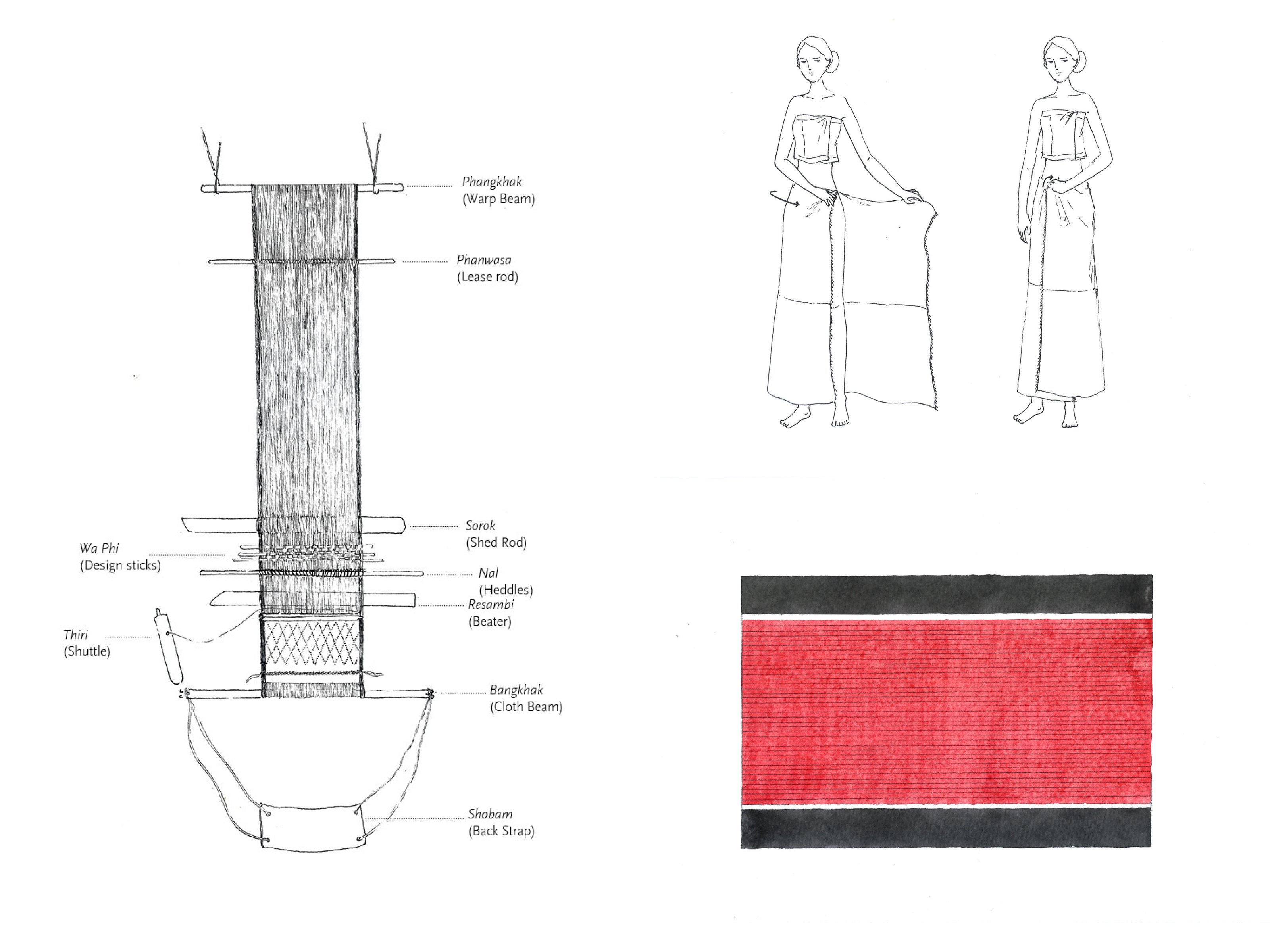

While marking the present coordinates of the risha, this study was also undertaken with the agenda to revive its making, in the hope that the extensive photo documentation of the textiles and their supporting context might inspire weavers, designers and textile researchers to look more closely at this traditional garment and see scope for further exploration in its unique aesthetic. To this end, the study includes a technical analysis of the structure of all the featured textiles, a classification of patterns, 1:1 photographs of details for true scale and a glossary of motifs with local names, that could interest both specialists as well as the general reader in the subject.

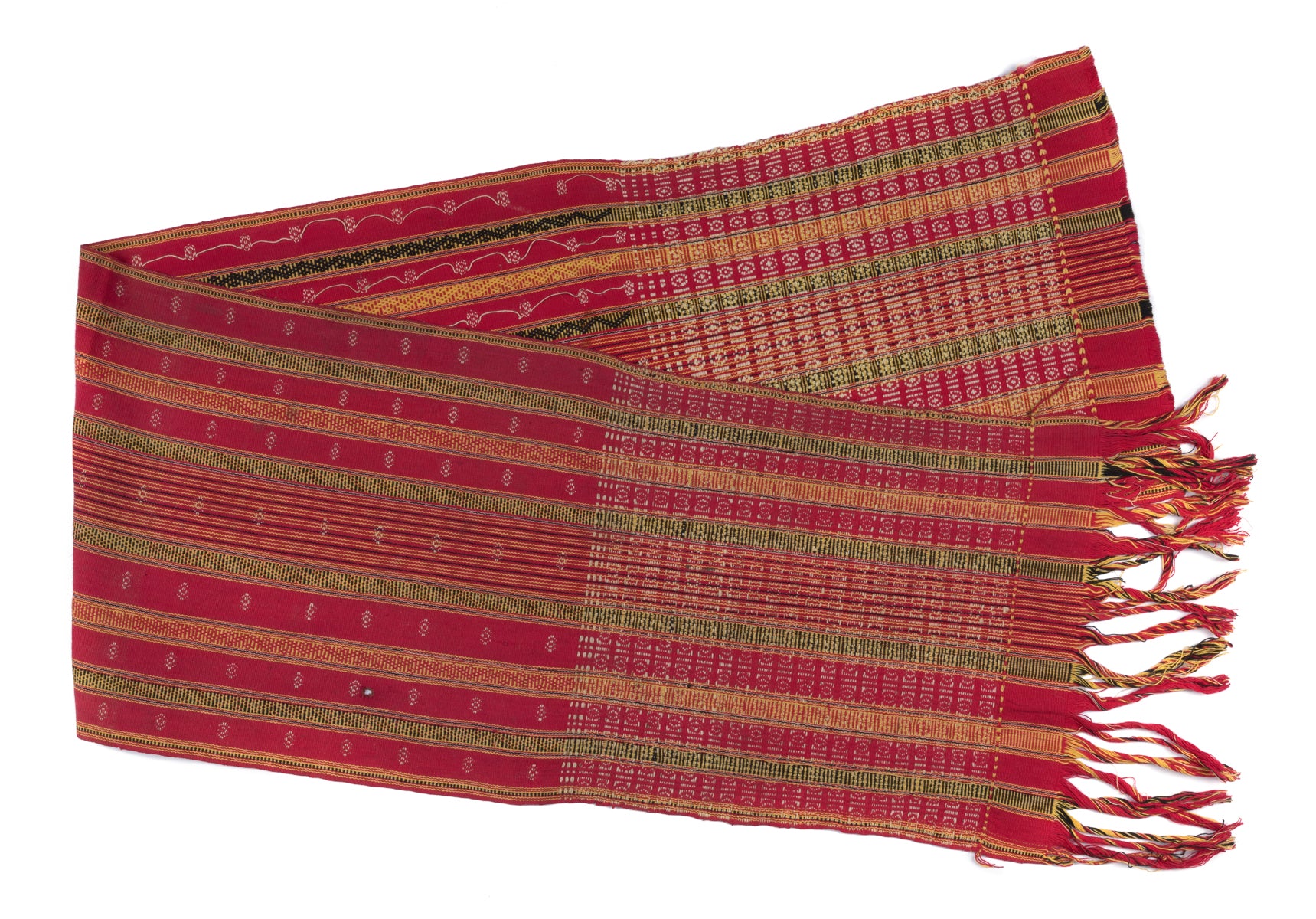
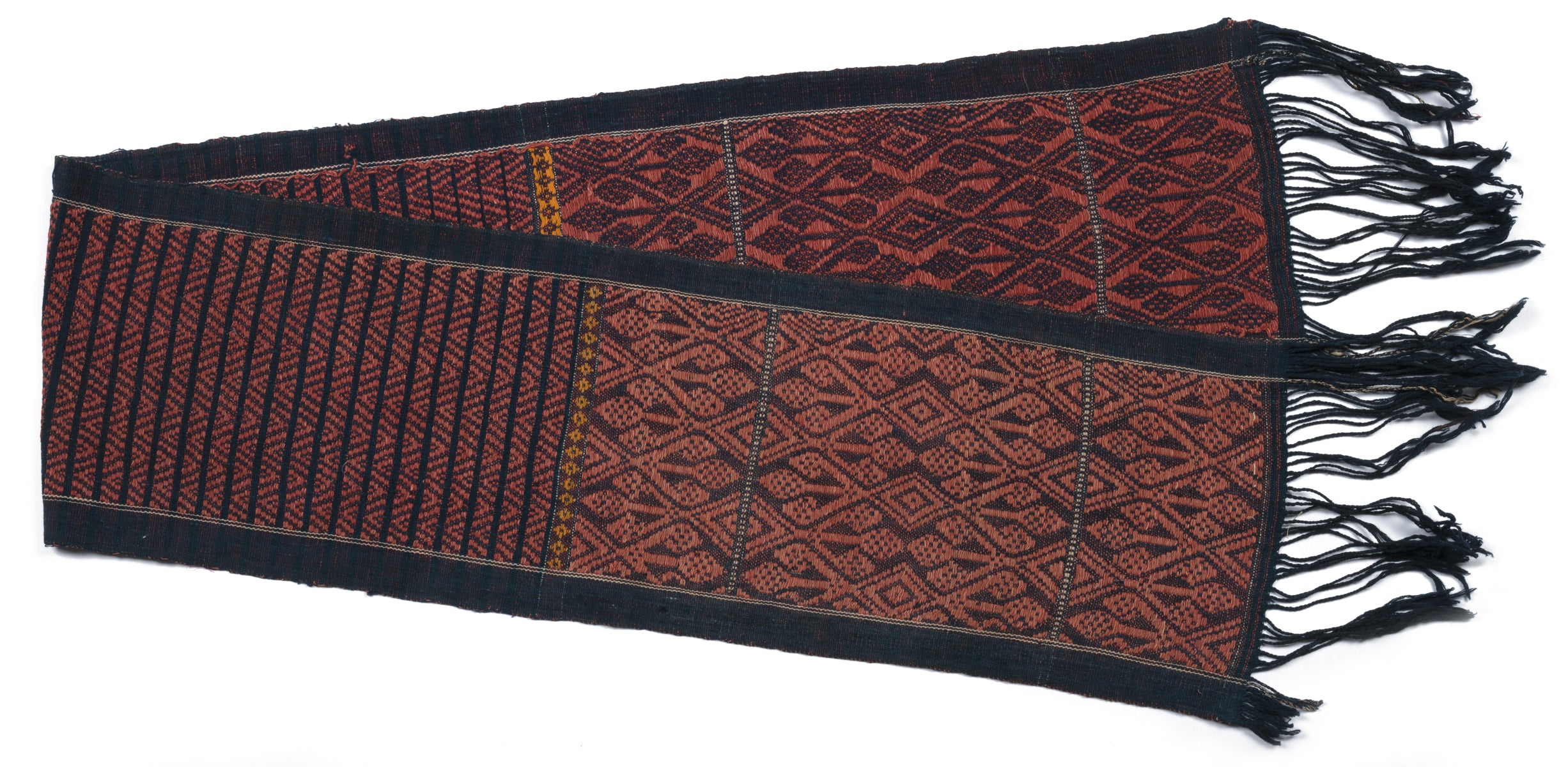
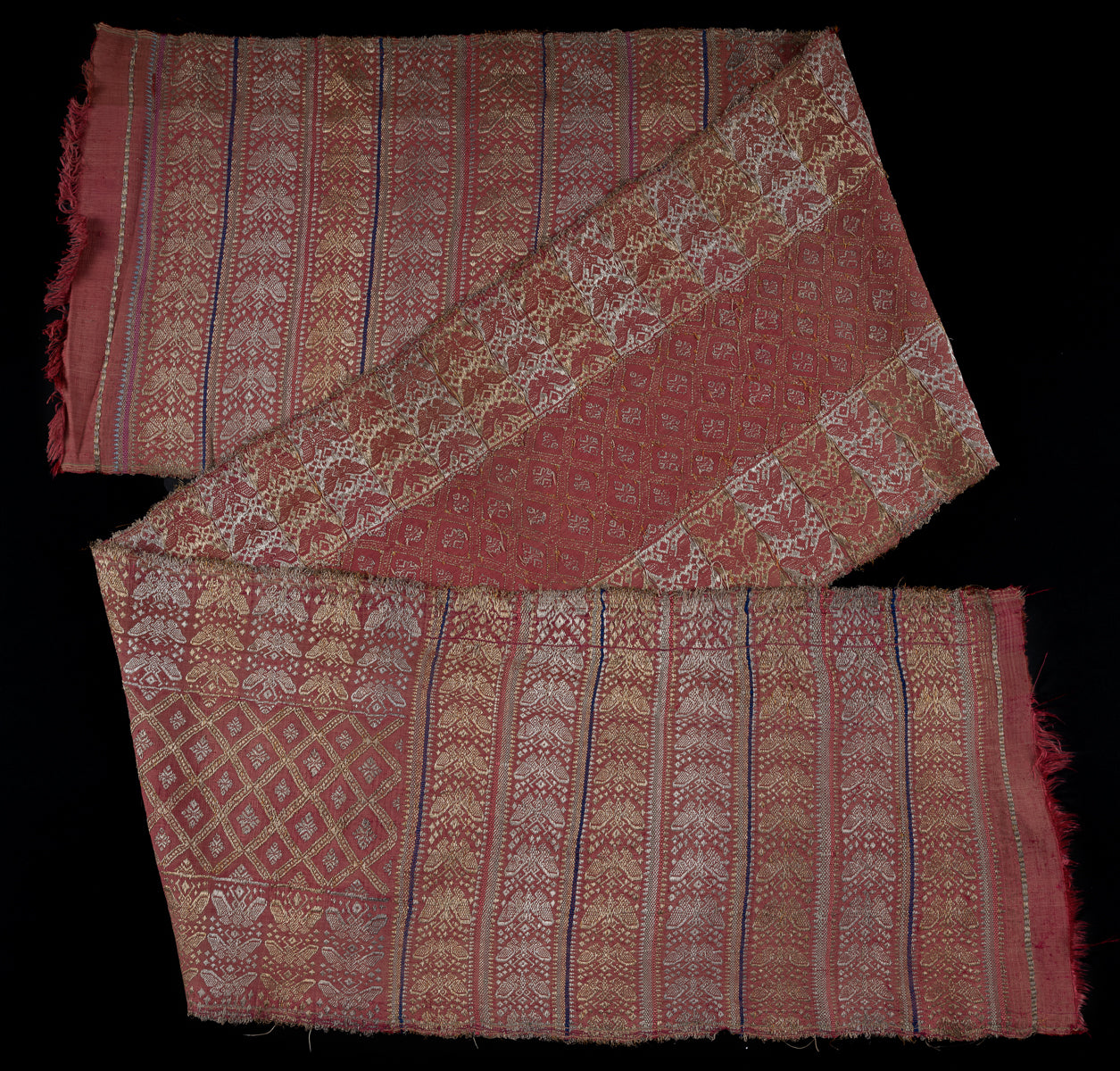


The Royal Portrait Series
The royals of Tripura saw a stream of art enthusiasts starting from Raja Bir Chandra Manikya, who ascended the throne in 1862. Bir Chandra was keenly interested in poetry, art, music and literature. Amongst his main interests was photography. Owner of one of the first two cameras that came into India (the second one being owned by Raja Deen Dayal), Bir Chandra took several photographs of his wives, children and subjects from his court.
These photographs have inadvertently come to be some of the oldest photographic records in India, all having been taken between 1862 and 1896. The platinum palladium prints show the gradual evolution of dress from the Risha to the saree, lehenga and European styles seen on the young princesses. The prints were never meant for public viewing and are a rare and revealing record of the women in the palace from this era.
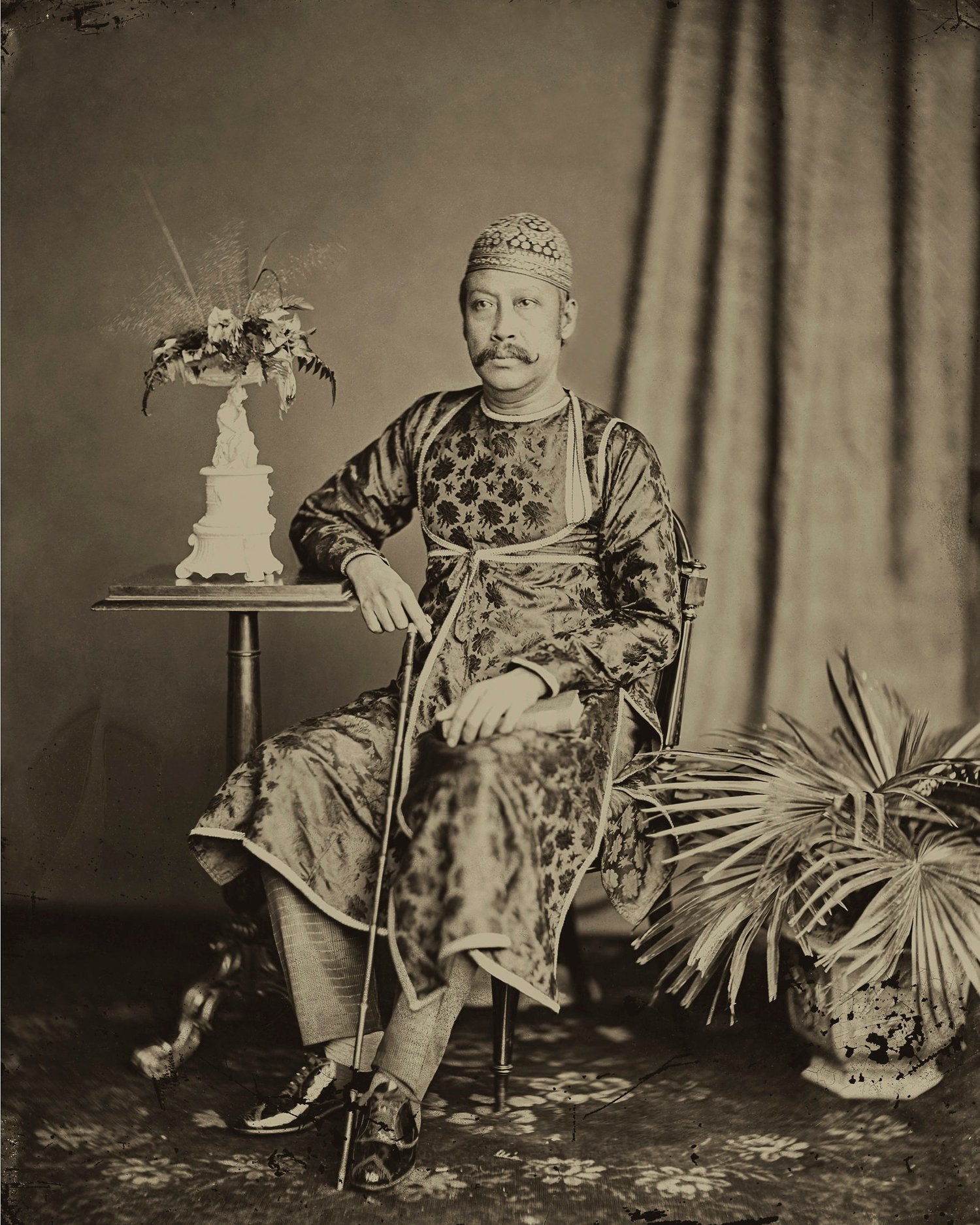
Raja Bir Chandra Manikya
The king is wearing an angarakha of patterned silk, with a chest opening covered with an inner flap or purdah tied at the waist. c. 1880. Platinum palladium print.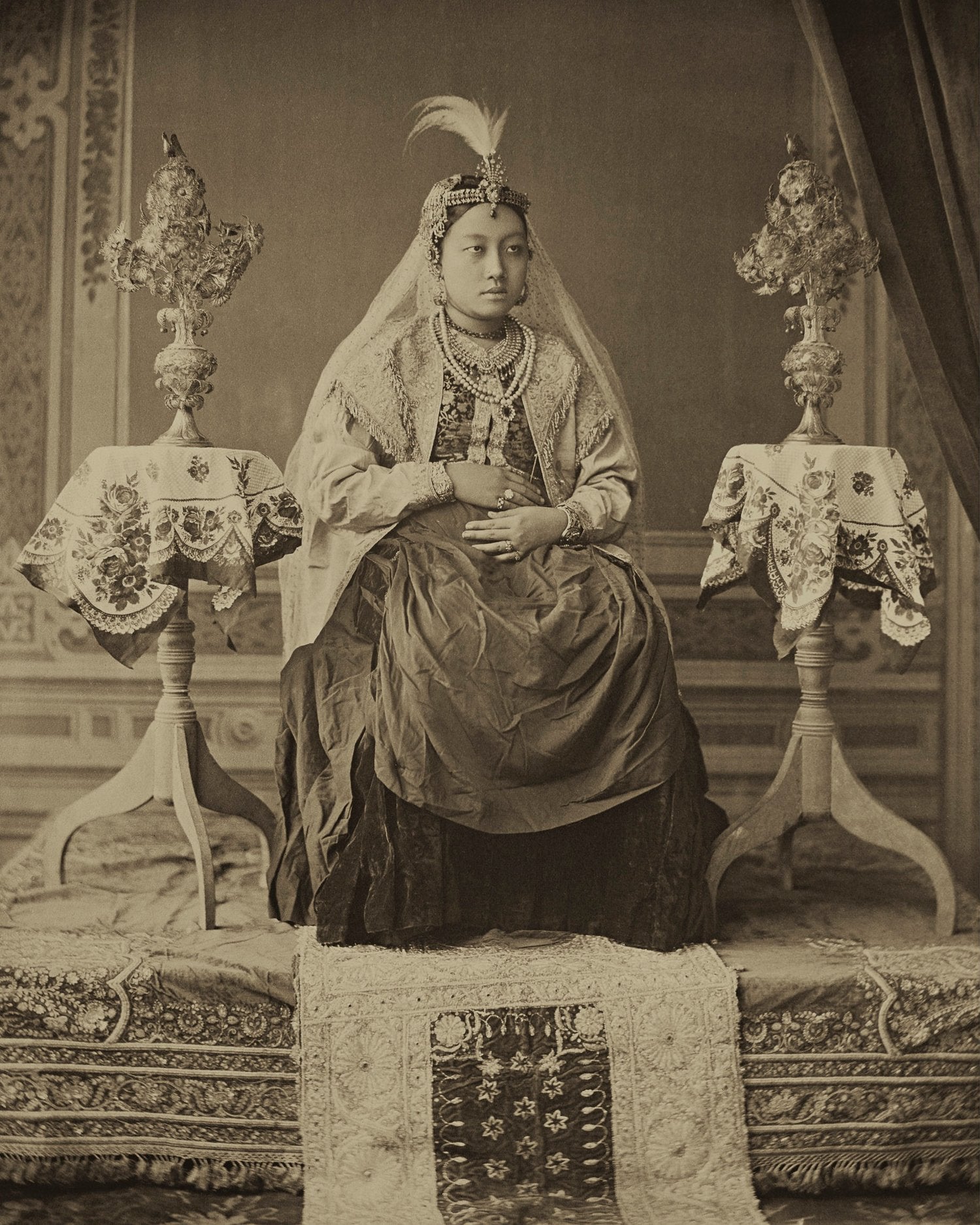
Maharani Monmihini Devi
The Maharani posing like British Queen Victoria in what appears to be an eclectic and creatively staged shot. The Queen wears a plain European dress with one of her own blouses, a silk jacket with long sleeves and a feathered Mughal head ornament that holds a veil down in place. c. 1890. Photographed by Raja Bir Chandra Manikya. Platinum palladium print.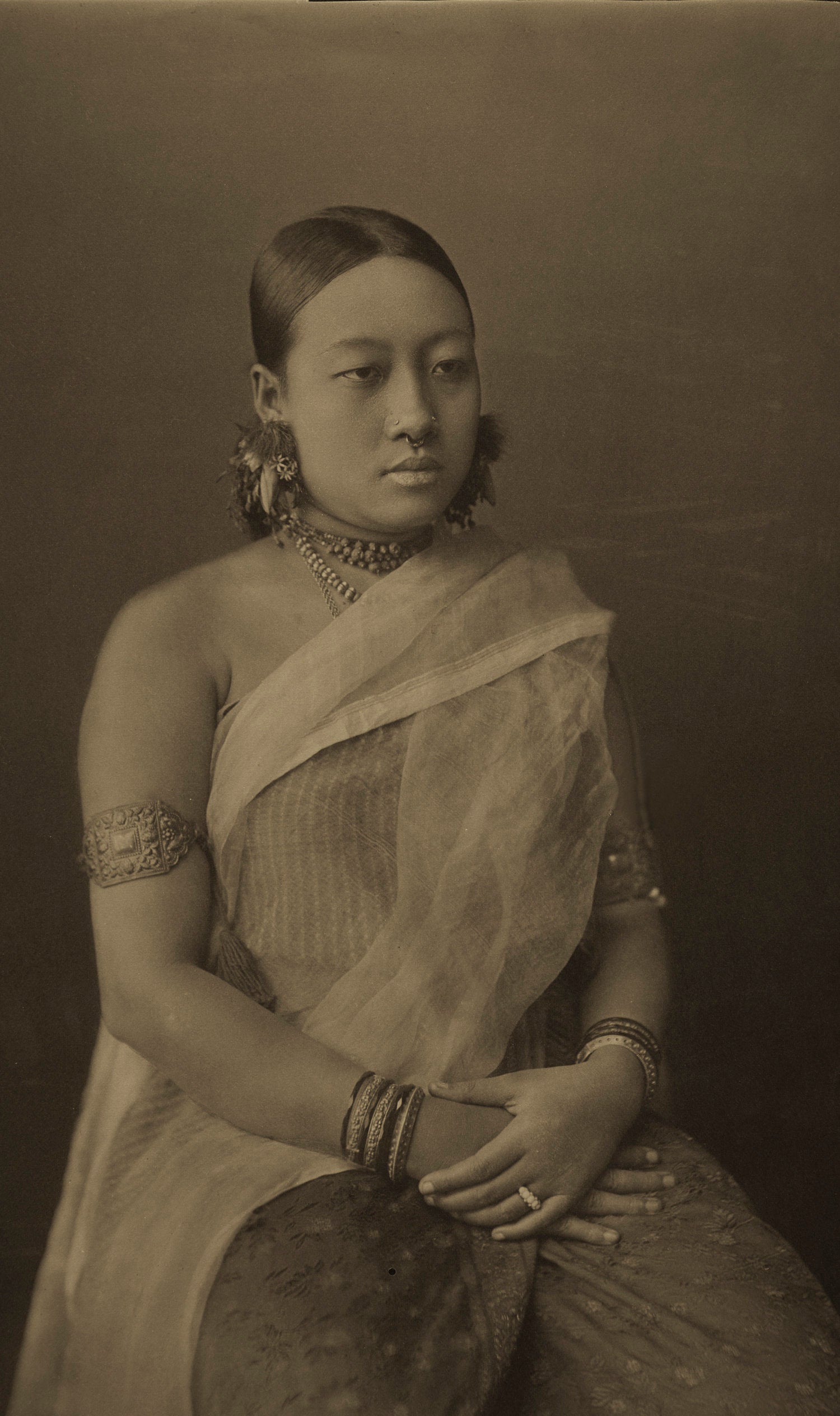
Monmihini Devi
Bir Chandra’s third queen in a silk striped risha, covered with a gauze like plain aanchal. Photographed by Bir Chandra Manikya. Platinum palladium print. c. 1890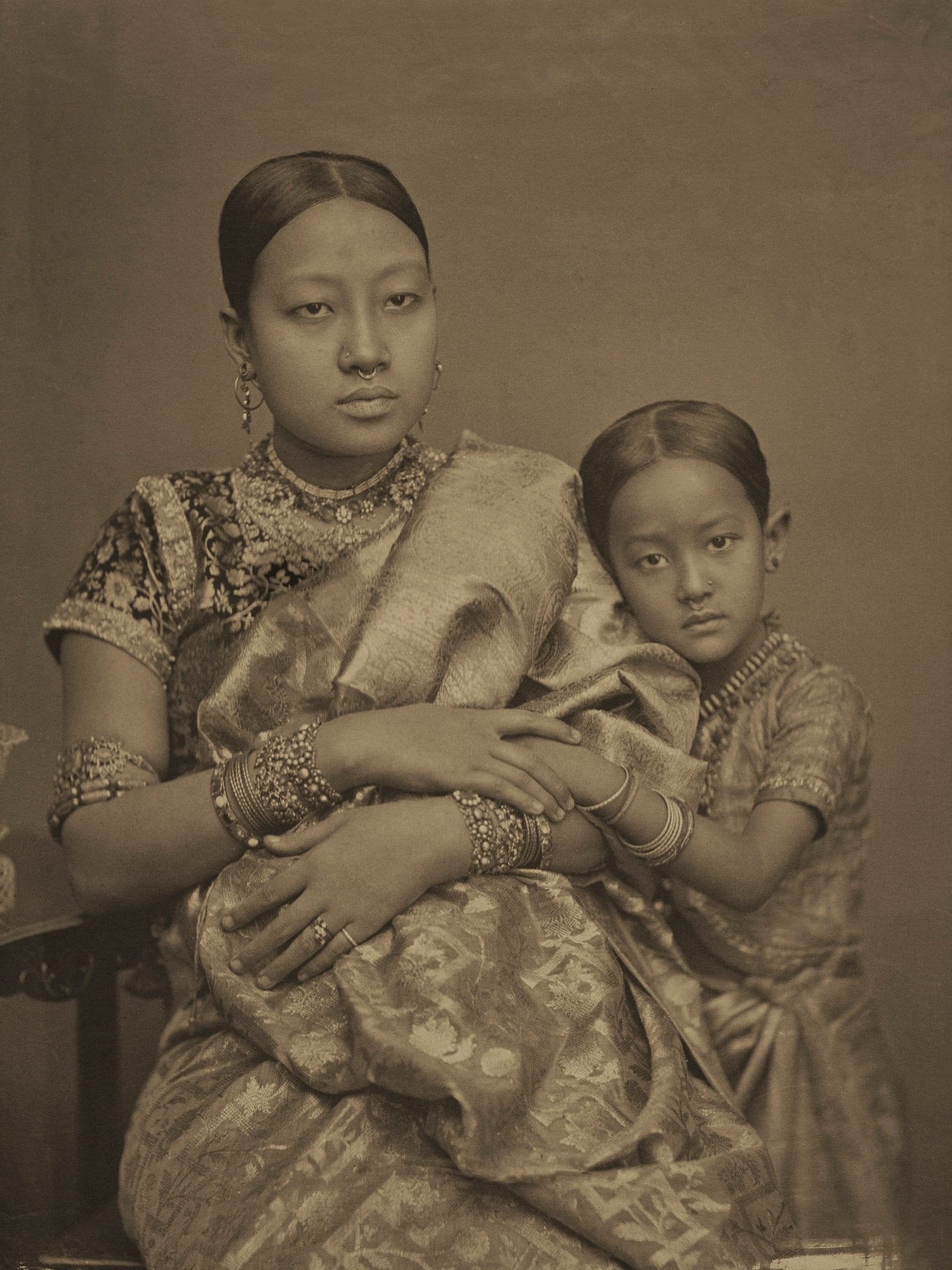
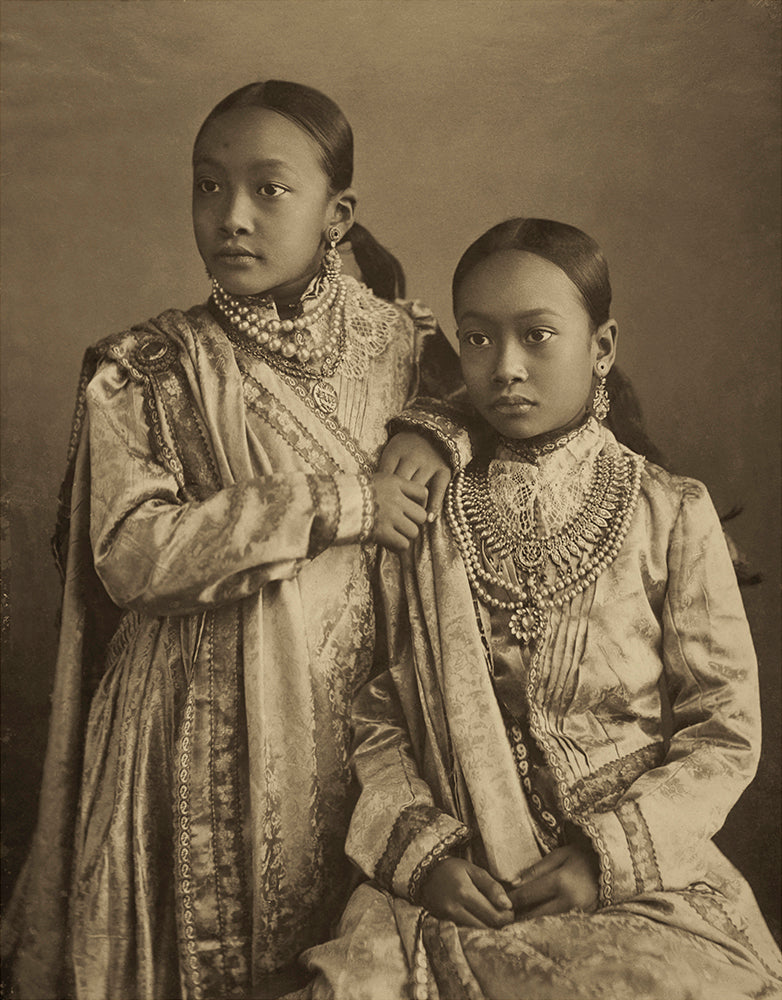
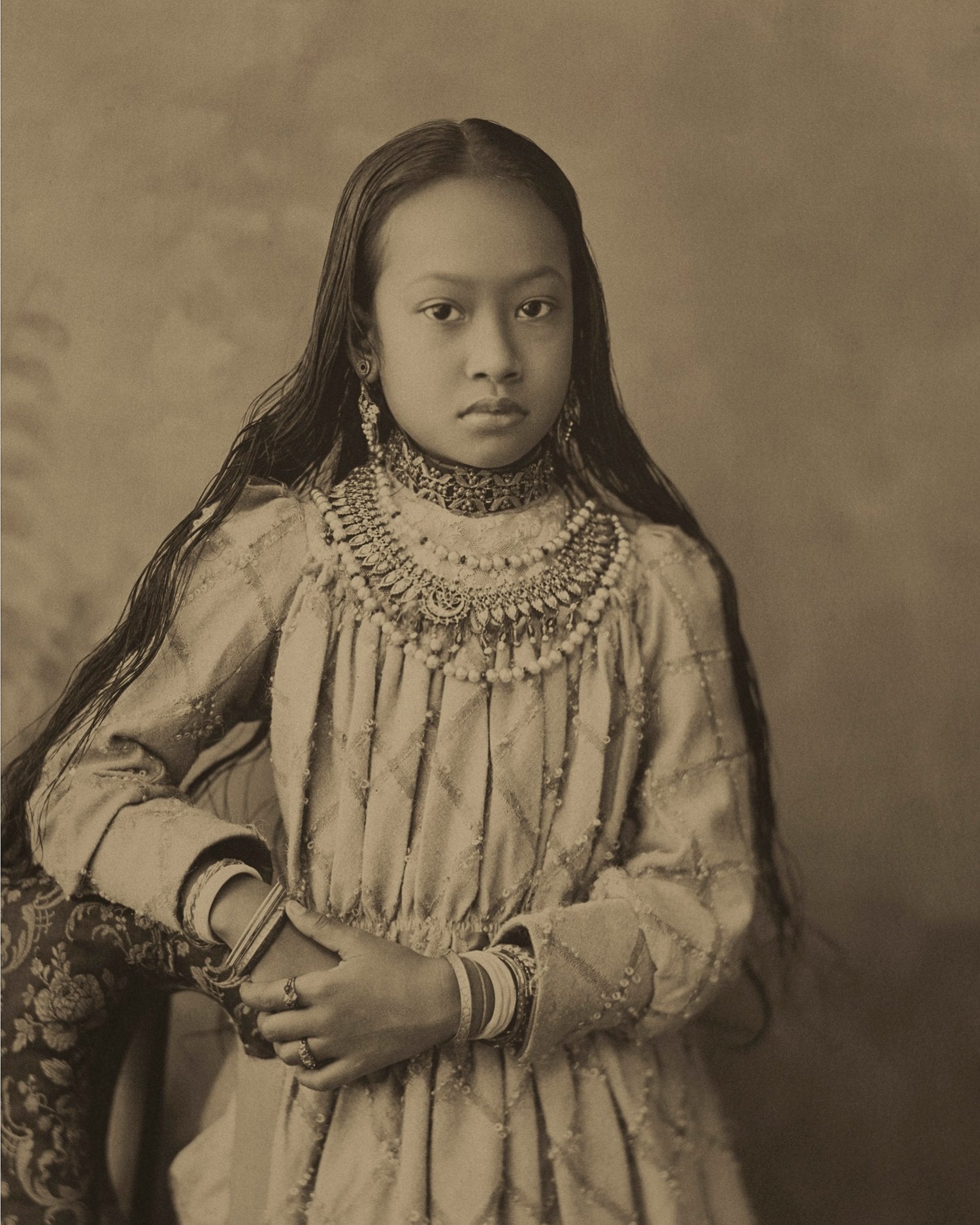
Princess Nalini Devi
First daughter of Monmohini Devi, wearing a pleated silk dress cut in European style, with long sleeves. c. 1890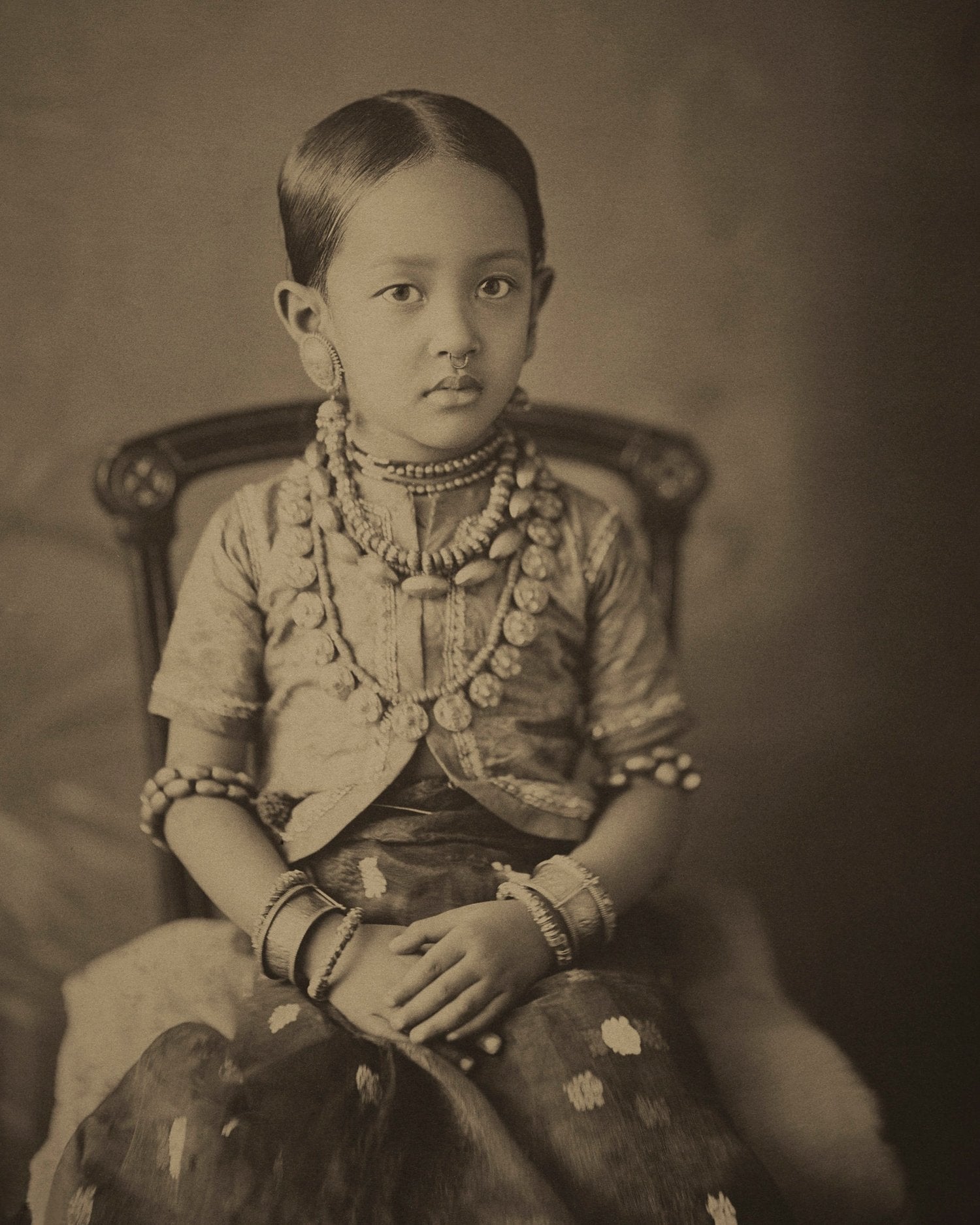
Princess Mrinalini Devi
Third daughter of Monmohini Devi. c. 1888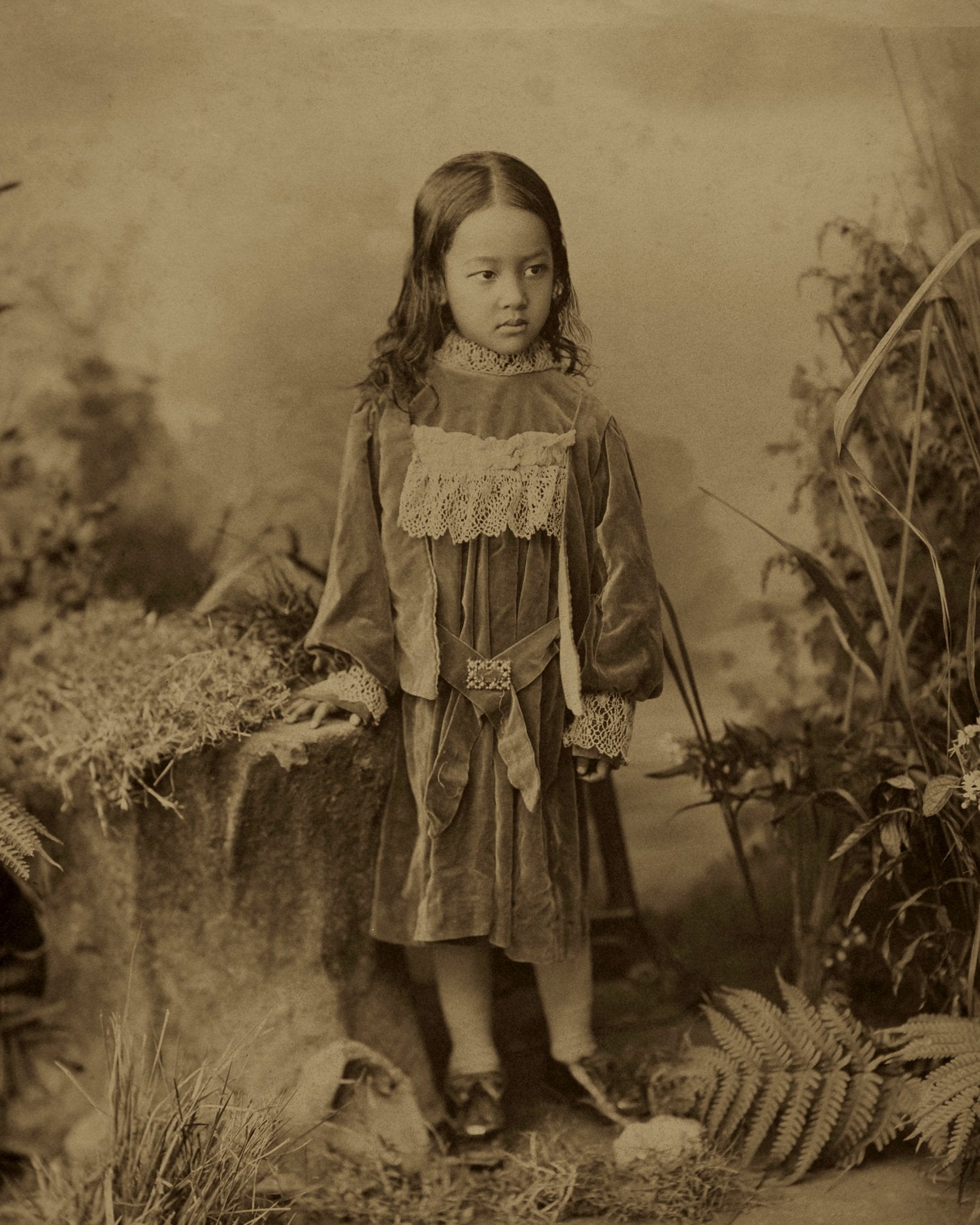
Princess Mrinalini Devi
Third daughter of Monmohini Devi. The princess poses in a studio with a painted backdrop of an open landscape. c. 1888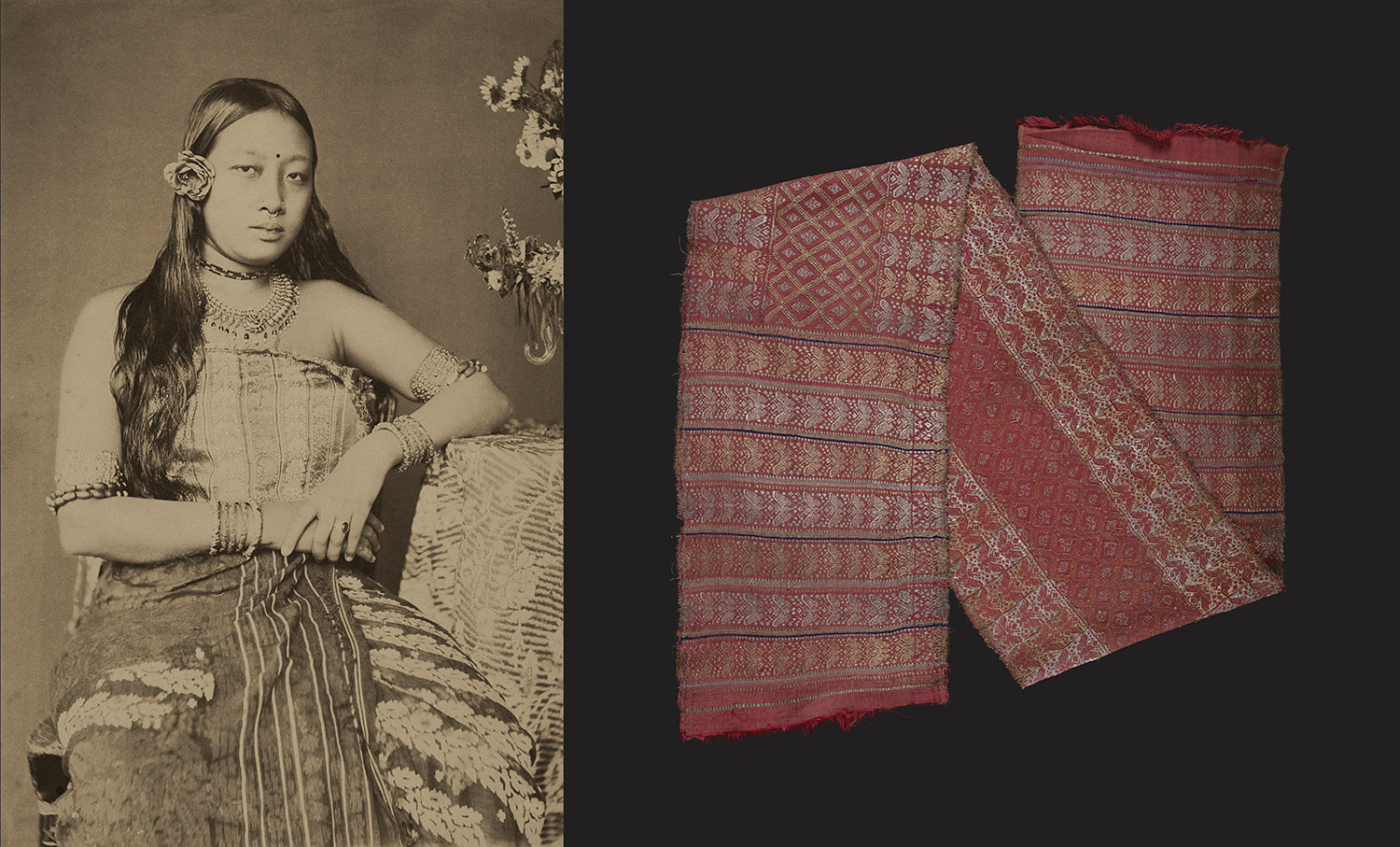
Monmohini Devi
Photographed by Bir Chandra Manikya. The young queen wears an elaborate silk Risha (right) and a fabric patterned with long, inlaid floral butas draped as a skirt. Platinum palladium print. c. 1888The Tripuri Collection
This collection showcases the versatility of the Risha as an accessory. Used as a belt or sash, turban and bandeau, the Risha gives each look a distinct Tripuri identity when used in conjunction with traditional Reang coin and bead necklaces.
